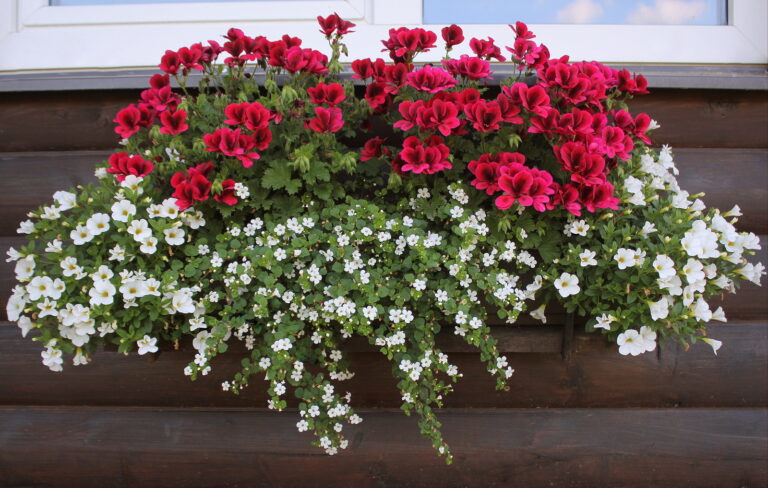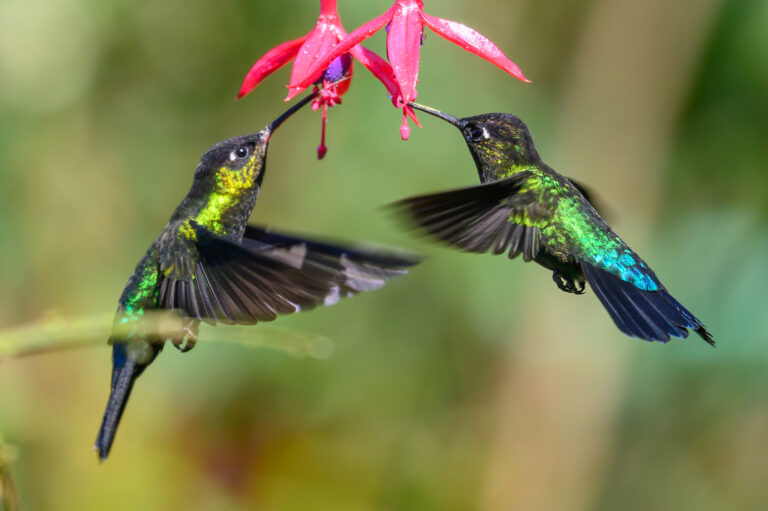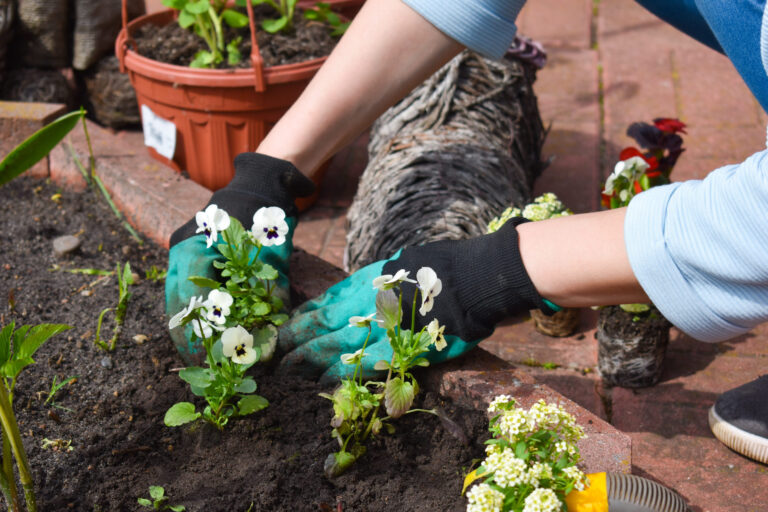Relay Cropping With Flowers & Pollinator Plants
Includes: daisy-family flowers (zinnia, marigold, cosmos, calendula), plus any cut-flower companions you prefer
Using Flowers in Relay Cropping to Boost Productivity
Relay cropping is not only for vegetables—flowers can be relayed between crops to support pollinators, reduce pest pressure, and maintain continuous bloom. Daisy-family flowers (Asteraceae) are among the best because they mature quickly, bloom heavily, and attract beneficial insects throughout a vegetable’s growth cycle.
In small gardens, flowers woven into relay sequences keep the space visually appealing and biologically active while supporting higher yields in fruiting vegetables.
Relay-Cropping Compatibility Chart: Flowers & Vegetables
| Primary Crop (Ending) | Relay Crop (Beginning) | Why They Work Together |
|---|---|---|
| Lettuce | Calendula | Calendula fills space and supports beneficial insects. |
| Spinach | Zinnias | Zinnias thrive when planted as spinach finishes. |
| Tomatoes | Marigolds | Marigolds help reduce soil nematodes and add color. |
| Peppers | Cosmos | Cosmos attract pollinators during pepper flowering. |
| Cucumbers | Calendula | Calendula blooms continuously beneath trellised cucumbers. |
| Eggplant | Marigolds | Marigolds help deter flea beetles and aphids. |
| Corn | Zinnias | Zinnias bloom as corn matures and attract pollinators. |
| Squash | Calendula | Calendula thrives around sprawling vines. |
| Potatoes | Zinnias | Zinnias fill space after potato harvest. |
Conclusion
Relay cropping with flowers and pollinator plants turns your garden into a vibrant, productive ecosystem all season long. By staggering blooms and incorporating pollinator-friendly species alongside vegetables, you attract beneficial insects, support biodiversity, and extend periods of color and interest. With careful planning and observation, you can create continuous blooms that nourish pollinators, enhance crop yields, and keep your garden lively and ecologically balanced from early spring through late fall.






